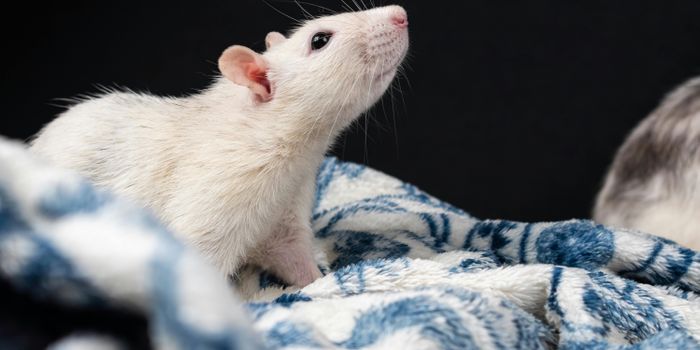Study Provides a Better Understanding of How Hexahydrocannabinols (HHCs) Bind to Receptors
Cannabinoid products featuring hexahydrocannabinols or HHCs are becoming more popular, but researchers have limited knowledge of HHC’s potential neurological and physiological effects. A UCLA research team published a study in ACS Chemical Biology that helps explain how well HHCs bind to receptors in the human body. The researchers also devised a safer way to produce HHCs than the current standard process.
The U.S. Drug Enforcement Agency considers HHCs illegal, even though Many consumers believe that HHCs are legal under federal law. Newly discovered cannabinoids like HHCs hit the market quickly, making it challenging for governments to regulate the new products and develop safety policies.
The UCLA team studies emerging cannabinoids like HHC to enhance product safety and help government agencies create evidence-based laws. The study offers a better understanding of how HHCs bind to receptors in the human body.
HHC products usually contain a mixture of two different versions, or isomers, of the HHC molecule. The UCLA researchers found that although both isomers bind to the same cannabinoid receptors in the body as THC does, only one of the isomers binds as well as THC does. This observation suggests that HHC is the only isomer with effects comparable to THC.
Most HHCs found in commercially available products are synthesized from THC by manufacturers using catalytic hydrogenation, which produces both isomers of HHC in variable ratios. However, this method results in little consistency in the amount of each HHC isomer in HHC products. HHC composition can differ from one brand to the next and even among batches made by the same manufacturer. The HHC ratios vary, so some HHC products contain relatively little of the more biologically active isomer.
The study describes a new method for synthesizing the more biologically active of the two HHC isomers. The research team used a technique that relies on a chemical process called hydrogen atom transfer that yields approximately ten times more of the biologically active isomer than the less active one.
Sources: ACS Chemical Biology, Eureka News Alert, UCLA








